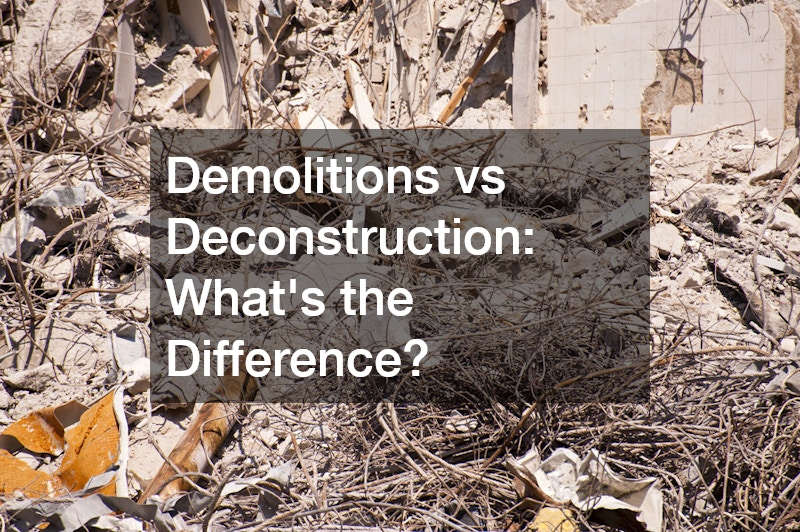When purchasing new flooring, it can be helpful to get design recommendations from a flooring installation professional. Whether you are remodeling your home, building a new space, or simply curious about flooring options, these insights will help guide your decisions.
Flooring for High-Traffic Areas
When selecting flooring for high-traffic areas, it’s crucial to consider durability, maintenance, and aesthetics. High-traffic areas, such as hallways, living rooms, and commercial spaces, experience significant wear and tear.
Therefore, choosing the right flooring material is vital for maintaining a beautiful and functional environment. Consider materials that provide both durability and ease of maintenance, such as luxury vinyl, laminate, and tile, each known for its ability to withstand foot traffic while offering a range of style options.
Additionally, the finish of the flooring can influence its longevity in high-traffic areas. For example, using a matte finish can help hide scratches and scuff marks, while a glossy finish might show more wear over time. Ultimately, finding a balance between aesthetics and practicality will ensure that your flooring can endure the demands of a bustling household or business.
Moreover, investing in area rugs or runners can enhance the comfort of specific high-traffic zones while protecting the underlying flooring. These extra layers can also add to the overall design theme, allowing for personal expression and decoration. By combining protective measures with durable material choices, you can effectively manage wear in high-traffic spaces.
Flooring for Your Climate
The climate of your area can significantly influence your flooring choices. Certain materials perform better in specific conditions, and understanding these can enhance your flooring experience. For example, areas with high humidity might not be well-suited for hardwood due to the risk of warping and swelling. In such cases, opting for engineered wood or moisture-resistant laminate can be a more viable option. Additionally, tiles and vinyl flooring are excellent choices for climates prone to excessive moisture, as they handle water exposure without significant damage.
Conversely, homes in dry, arid climates may benefit from traditional hardwood or bamboo options, which thrive in less humid environments. It’s essential to consider the thermal properties of the flooring, as certain materials can help regulate indoor temperatures, contributing to energy efficiency and comfort throughout the year.
Furthermore, local weather patterns should also inform your choice of flooring. For instance, if you experience cold winters, carpets might provide an extra layer of insulation and warmth. Understanding the regional characteristics can guide you toward flooring materials that not only fit your aesthetic but also stand the test of climate conditions.
Flooring Trends and Popularity
Keeping up with the latest trends can inspire your flooring choices. One of the most prevalent trends in flooring is the use of natural materials, including stone and wood, which bring an organic feel to indoor spaces. These materials not only enhance the aesthetic appeal but also promote a sense of connection to nature, aligning with the increasing focus on sustainability in home design.
In terms of color, neutral tones such as greys and beiges are dominating the palette, offering versatility and timelessness for various decor styles. Additionally, bolder statements through dark woods or colorful tiles can create focal points within a room, balancing the subtler elements of the space.
Texture is another significant trend, with many homeowners seeking varying textures to add depth and character. Whether through distressed finishes, hand-scraped wood, or patterned tiles, incorporating texture can elevate the sensory experience of a room. By examining current trends, you can create a flooring design that mirrors contemporary tastes while reflecting your personal style.
Flooring Maintenance and Lifespan
Proper maintenance is key to extending the life of your flooring. Regular maintenance routines are essential for preserving the beauty and durability of your flooring materials. For instance, hardwood floors benefit from periodic refinishing to maintain their luster, while tile may require grout sealing to prevent staining and wear. Understanding the specific needs of each flooring type can significantly extend its lifespan and aesthetics.
Additionally, utilizing appropriate cleaning products is critical. Always refer to the manufacturer’s guidelines for cleaning solutions; using harsh chemicals can damage certain materials. Instead, opt for gentle, pH-balanced cleaners that effectively remove dirt without causing harm.
Finally, incorporating preventative measures such as placing mats at entryways and using furniture pads can help protect your floors from scratches and scuffs. Regular inspections for damages and immediate repairs can also mitigate larger issues down the line, ensuring that your flooring remains in excellent condition for years to come.
Flooring Installation Processes
Knowing what to expect during the installation process can help you prepare your space. Different flooring types require different approaches, so understanding these can minimize surprises. Installation times can vary significantly based on the flooring type. For example, carpet installations may take a few hours, whereas tile or hardwood installations can last days. Awareness of these timelines helps in planning your space and minimizes disruption to daily life.
Each flooring material often comes with its installation complexities. Some products require a subfloor, while others can be installed as a floating floor over existing surfaces. It’s beneficial to work with a professional installer who can navigate these requirements efficiently and provide advice on materials that suit your needs.
Preparation is also critical before installation begins. This can include acclimating flooring materials to room conditions and ensuring the installation areas are properly cleaned and leveled. Taking these steps will enhance the overall result and durability of your new flooring and instill confidence in your installation team.
Understanding design recommendations from a flooring installation professional can significantly enhance your renovation or building project. By considering the right materials, maintenance, trends, and installation processes, you can make informed decisions that marry style with functionality.



